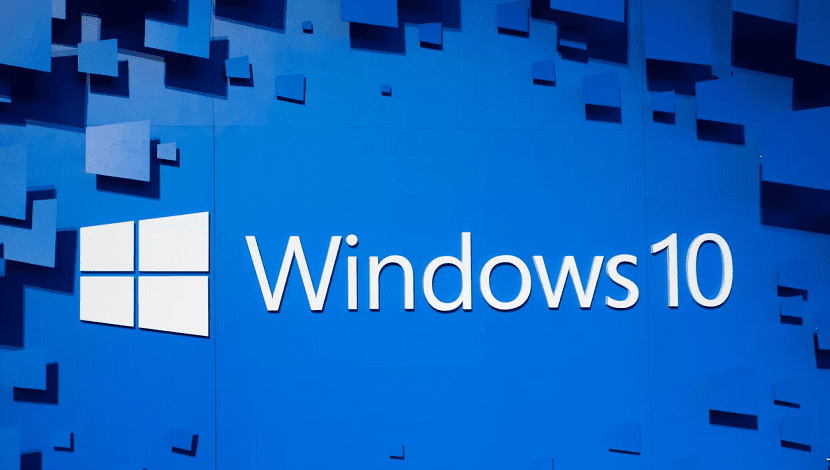
System files are necessary for the proper functioning of Windows 10. Thanks to them it is possible that the operating system will not have operational problems, or security problems. We can also avoid in many cases thanks to them the existence of the dreaded blue screens. For this reason, the operating system usually protects these types of files at all times. Although this is not always 100% effective.
For what can happen on some occasion that a file is mistakenly deleted from the system in Windows 10. This is something that causes stress among users, but it always has a solution. In this case, the solution is not to format the computer. Since we have other tools that allow us to recover them.
Tools have been introduced into the operating system over the years. Thanks to them, it is possible recover system files at all times. So in the event that someone has deleted a system file in Windows 10 by mistake, the error will be corrected in a correct way. Without having to resort to formatting.
There are a couple of ways available in the operating system. No need to install anything on the computer for it. We simply have to use the Windows 10 console to try to access those files again. Therefore, it is something that should always be tried in the first instance. Since it can help us to have this file back on the computer.

Recover system files are SFC
Therefore, in the Windows 10 console, we can use a command that will give us the possibility to check the integrity of these essential files. So if there is one that is not present or has some kind of damage, the tool itself will take action on the matter. What this tool does is to replace said file with its original version. In this way everything will return to the initial state, that is, to normality.
It is an extremely useful tool. This is the SFC command, as some of you may already know. Therefore, when you open the Windows 10 console on your computer, the command that you have to execute in your case is: sfc / scannow with which the computer will proceed to the scan. It will be checked if any of these system files that are necessary for the proper functioning of the equipment are missing.
In case there are any missing, as suspected, the tool itself replaces it directly. In this way, the problem will be solved in Windows 10. Without a doubt, a good way to achieve it. Although it is possible that there are users who this method has not served them. In that case, there are other ways.
Recover system files with DISM

DISM (Deployment Image Servicing and Management) is another tool that Windows makes available to users in these cases. It is a somewhat more advanced option, so in many situations it can give better results to users who need to recover these files from the system. Also developed by Microsoft, it also runs on the command line on your computer. We can use DISM to maintain a Windows image or a virtual hard disk.
In this specific situation in Windows 10, we have to carry out a Windows 10 image scan. In this way, we will be able to detect if there are errors or there are corrupt files. For this, there is a specific command that will help us in this situation. The command in question is Dism / Online / Cleanup-Image / ScanHealth and it will have to be executed on the command line. Thanks to it, the situation should be solved.
Undoubtedly, It is a somewhat more advanced method than the previous one. So it should be of help to those users who have this problem in Windows 10. Although, the bad part is that there is never a 100% guarantee that they will work as desired.